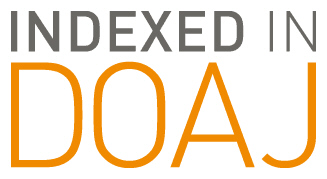Abstract
This study examined the relationships between physical activities as health behaviors and subjective well-being in older adults. Data from the National Social Life, Health, and Aging Project (NSHAP) survey were used. The NSHAP study sampled persons 57-85 years of age (n=3005). The respondents completed a telephone survey, reporting their background information and social networking characteristics. For data analysis, a two-step hierarchical regression was used in order to identify the associations between the demographic and physical activity factors on subjective perception of well-being in older adults. Our results indicated that, among the demographic, income, education, health status, and participation in specific physical activities (R2 = .04, R2 adjusted=.04, p < .001) were all significant factors in assessing subjective well-being for older people. The results showed that running, muscle training, taking stairs, and taking a bike ride were significant factors for the male older adults, whereas female older adults who participate in walking, swimming, yoga, and dance reported higher scores of subjective well-being. The results of this study will help health researchers, gerontologists, and social policymakers who are interested in psychological well-being and health in later life. Understanding the gender basis for the selection of physical activities can have important implications for interventions. Furthermore, understanding the associations between health behaviors and subjective well-being in later life will aid in understanding social dynamics in later life. Therefore, it is essential to find effective ways adults can be motivated to keep participating in healthy physical activities in order to maintain health later in their life.
Recommended Citation
Bae, Mihae and Kang, Hyunsook
(2022)
"Older Adults’ Physical Activities and Subjective Well-Being,"
Journal of Human Services: Training, Research, and Practice: Vol. 8:
Iss.
1, Article 4.
Available at:
https://scholarworks.sfasu.edu/jhstrp/vol8/iss1/4
Included in
Community-Based Research Commons, Counseling Commons, Counseling Psychology Commons, Health Psychology Commons, Multicultural Psychology Commons, Other Social and Behavioral Sciences Commons, Race and Ethnicity Commons, School Psychology Commons, Sociology of Religion Commons, Sports Studies Commons
Tell us how this article helped you.
